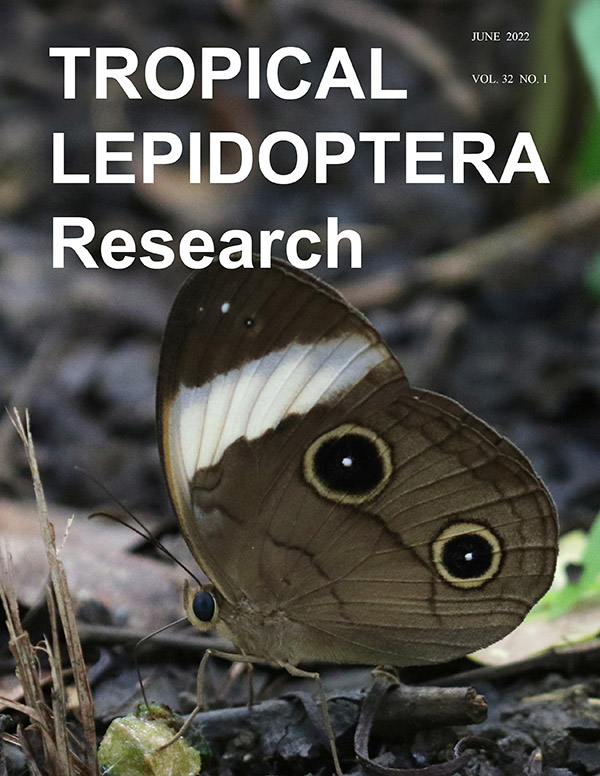Grouping as a strategy to mitigate top-down and bottom-up pressures for survival and growth in Methona confusa (Butler, 1873) (Nymphalidae, Ithomiini)
Abstract
This study tests the advantages of group-living in the gregarious aposematic caterpillars of Methona confusa (Butler, 1873), a Neotropical clearwing butterfly (Ithomiini). Larvae were reared on their host plant Brunfelsia grandiflora (D. Don, 1829) (Solanaceae) both in isolation and in groups, in the field and in a greenhouse in two experiments: the first, from hatching to pupation, and the second, from the third instar to pupation. In Experiment 1, almost all larvae placed in the field died within the first days of the experiment, suggesting strong pressures from abiotic factors (e.g., rain) and/or predators on early-instar larvae. In the greenhouse, survival was higher in grouped larvae compared to isolated larvae, suggesting that aggregation benefits larvae in the absence of predation and abiotic factors. In Experiment 2, survival was higher in the greenhouse than in the field. Grouping did not affect mortality rate, but it did speed up development with no cost in terms of pupal mass. Together, these results suggest that group-living can confer benefits to aposematic larvae that are not related to predation and that these benefits may be greater in earlier than in later instar larvae.
Downloads
Published
Issue
Section
License
Copyright (c) 2022 Janeth Rentería, Emma Despland, María Fernanda Checa

This work is licensed under a Creative Commons Attribution-NonCommercial 4.0 International License.

